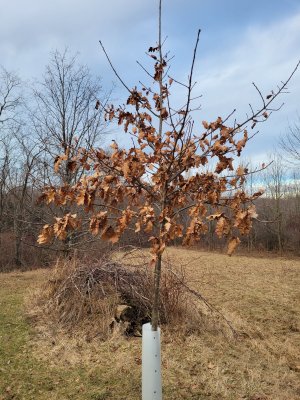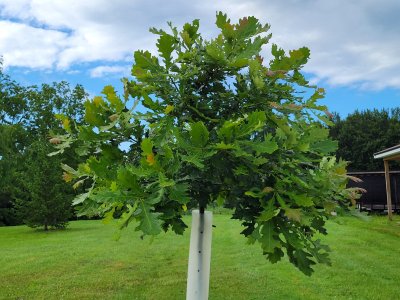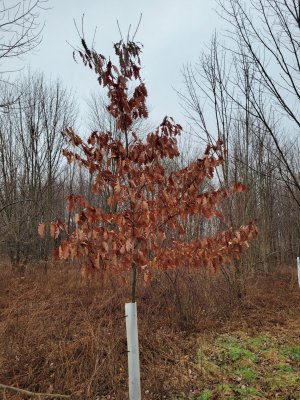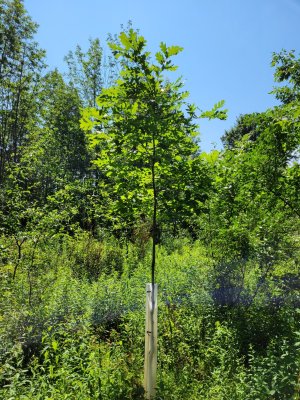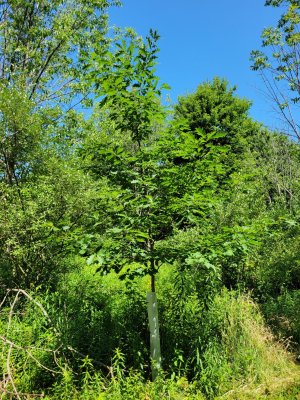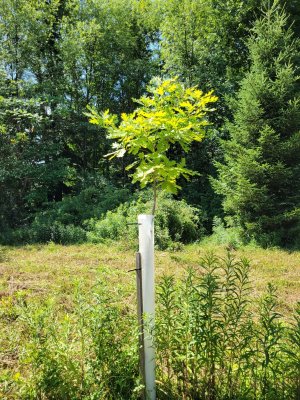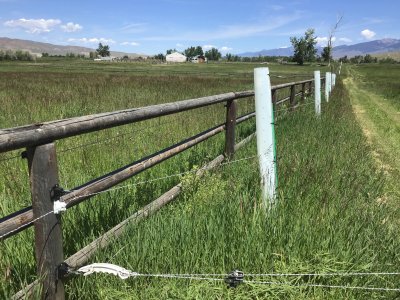Native Hunter
5 year old buck +
I think introducing the new oak species is a good idea as long as the soil conditions are correct for the species. It gives you a better chance of having at least some acorns in any given year. Acorn production is greatly influenced by weather conditions when pollination is occurring. Having more species ups your chances. Also, I have found that the SCOs that I introduced are more reliable acorn producers than any of the other oaks that are on my land.


